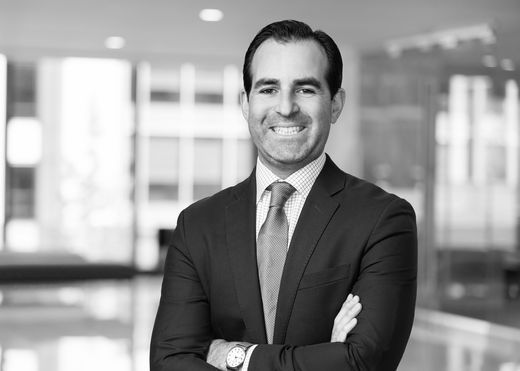USPTO Pilot Program Expedites Examination of Patent Applications Directed to Semiconductor Manufacturing in Support of CHIPS Act

Key Takeaways
- To support the CHIPS Act of 2022, the USPTO initiated a pilot program that provides expedited examination of certain patent applications directed to manufacturing semiconductor devices, potentially reducing the time to patent issuance by between one and two years.
- The pilot program is open to certain original utility nonprovisional applications, requires a petition form to be filed within 30 days of the filing date of the application and has no associated fee. The USPTO will accept petitions from December 1, 2023, until December 2, 2024, or until the USPTO accepts 1,000 grantable petitions, whichever occurs first.
- The applicant must certify that the claimed invention is focused on and improves the manufacturing of semiconductor devices and that expediting examination will have a positive impact on the semiconductor manufacturing industry.
Program Details
To support the Creating Helpful Incentives to Produce Semiconductors (CHIPS) Act of 2022, the Semiconductor Technology Pilot Program aims to encourage research, development and innovation in semiconductor manufacturing technologies by expediting the examination of certain semiconductor manufacturing patent applications. The Program is accepting petitions from now until December 2, 2024, or the date the USPTO has accepted 1,000 grantable petitions, whichever occurs first.
Under this program, the application will be advanced out of turn for examination until a first Office action issues. In Fiscal Year 2023 (October 2022 – September 2023), the average first action pendency in the semiconductor technology center was 20.9 months (pendency for all technology centers was 20.5 months). For comparison, under the Track One Prioritized Patent Examination Program in recent months, the average pendency from a petition grant to the first office action was 1.6 months. Applications in this program will likely see similar results—an examination process that is expedited between one and two years.
The petition to make special under the pilot program must be filed either:
- With the filing of a noncontinuing original utility nonprovisional application or entry into the national stage under 35 U.S.C. § 371, or within 30 days of the filing date or entry date of the application, or
- With the filing of an original utility nonprovisional application claiming the benefit of an earlier filing date under 35 U.S.C. § 120, 121, 365(c) or 386(c) of only one prior nonprovisional application or only one prior international application designating the United States, or within 30 days of the filing date of such application.
To be eligible for the pilot program, at least one claim of the patent application must cover a process or apparatus for manufacturing a semiconductor device and correspond to one or more of the technical concepts within the H10 or H01L classes in the Cooperative Patent Classification (CPC) system. The H10 class covers certain semiconductor devices and electric solid-state devices for which not otherwise provided. The H01L subclass covers semiconductor devices not covered by class H10. Applications cannot contain more than three independent claims or more than 20 claims total. In addition, the application may not be filed with a nonpublication request.
The applicant must also provide the following certifications, which are contained in the petition form:
- The applicant has a good faith belief that the claimed invention(s) meeting the technology requirement of the pilot program improves the manufacturing of semiconductor devices.
- The process or apparatus covered by the claimed invention(s) meeting the technology requirement of the pilot program is disclosed in the specification as being primarily focused on the manufacturing of semiconductor devices.
- The applicant has a good faith belief that expediting examination of the application will have a positive impact on the semiconductor manufacturing industry, such as increasing semiconductor device production, lowering semiconductor manufacturing costs or increasing the resilience of the semiconductor supply chain.
- The inventor or any joint inventor has not been named as the inventor or a joint inventor on more than four other nonprovisional applications in which a petition to make special under this pilot program has been filed.
More information about the Semiconductor Technology Pilot Program may be found at the following USPTO website: www.uspto.gov/SemiconductorTechnology.




